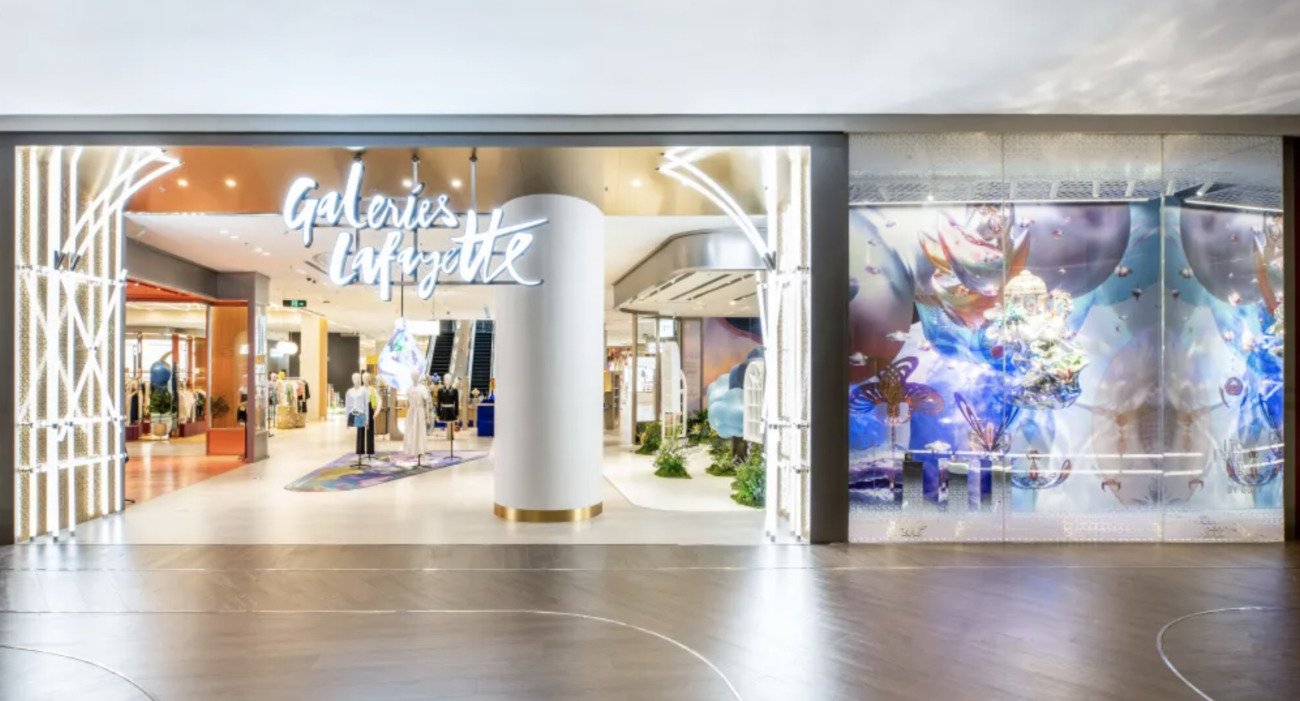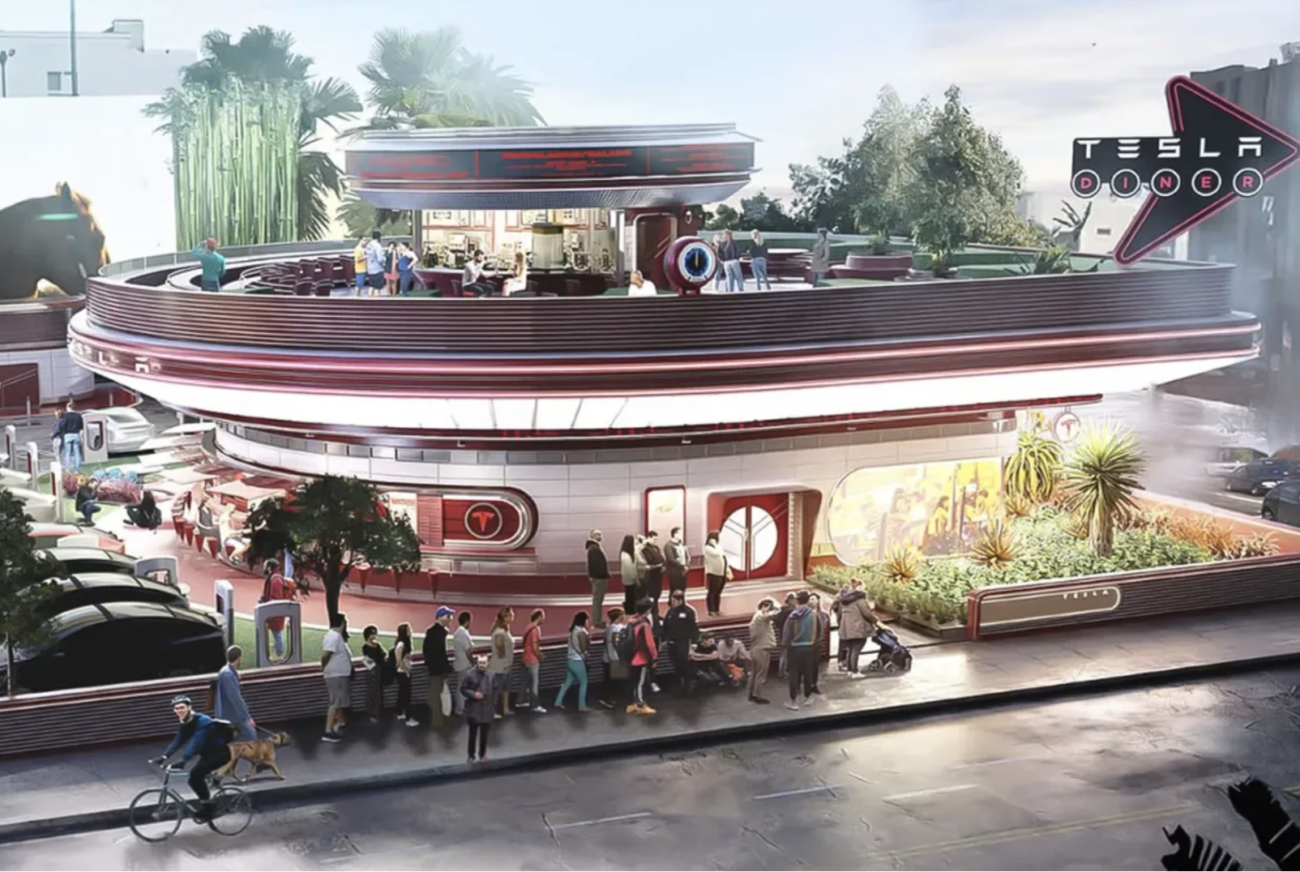7 Game-Changing Innovations For Retailers
Shoppers are gearing up to spend for Christmas 2014, but when it comes time to ring up the purchases, many will have encountered innovative new strategies employed by retailers to make the gift-buying experience easier, more

Shoppers are gearing up to spend for Christmas 2014, but when it comes time to ring up the purchases, many will have encountered innovative new strategies employed by retailers to make the gift-buying experience easier, more personalised, and a heck of a lot more digital.
The retail revolution has taken place via several iterations–from the heyday of mom-and-pop stores to the advent of big-box retailers, to literal ‘window shopping’ using touch screens and mobile devices.
But the big sea change is happening now with retailers employing digital technology to improve the shopping experience. Too often, the future of retail is pigeonholed into e-commerce rather than highlighting its true potential: not eliminating physical environments, but seamlessly melding digital with them.
Only with the marriage of physical and digital attributes can we make commerce smarter and more personalised. The good news is we are finally seeing signs that retail tech isn’t just about the back-end. It’s becoming more consumer-facing to give shoppers the precise products they want, when they want them.
Improving the consumer experience is crucial for any and all retail marketers looking to differentiate themselves, because products alone or discounting strategies won’t do it.
Consider that six of the ten biggest US retailers in 1990 have since dropped in status, while newcomers such as Amazon.com, Walgreens and Costco emerged onto the retail scene, according to McKinsey research.
That’s a sure sign there’s there huge opportunity for retail startups to gain ground and for some more established, dusty retailers to reemerge as leaders with the use of smart tech applications that enhance the shopping experience.
Here are 7 areas that marketers and consumers should be watching for advances that promise shopping will be more dynamic, personalised and fun over the next couple of years.
1. BEACONS AND BLE (BLUETOOTH LOW ENERGY) TECH
To date, experiments in this realm have largely been used to serve up ads to consumers. For example, as they walk past a bank, they’re served up a banner on web search pushing a checking account. That’s interesting, but thankfully, beacon technology and BLE is evolving to more useful, tailored interactions. For the first time, we can recognise who shoppers are as they walk by a store and through it, crossing the threshold and moving through the environment.
The potential is hardly limited to grocery or clothing retailers; a car dealership might use the technology to reach out and “wink” at a consumer as she passes by a car she’s been eyeing, or perhaps at a Best Buy, a TV flashes a special message for the shopper. It’s now possible to target consumers with messaging that shows marketers know their preferences, beyond pure notification or interruption with ads.
Beacons and BLE can also interact with product innovations for customers’ benefits. There’s the iBag, a programmable handbag that helps you curb your spending and prevent unpaid credit card bills–and spending when you are most vulnerable. It warns you when you are near a place you are likely to overspend in.
2. VISUAL SEARCH
With visual search you go from typing to photo-snapping. Instead of web search consumers use their camera to take products the see in the real world and order them rather than ordering items they see online. There’s an iOs app called “Camfind” that permits this sort of behaviour, as does Google Goggles. Developers can use underlying tech for mobile called “Slyce” and build it into platforms. Most recently Amazon, made visual search a key feature in its new Fire smartphone with a program called Firefly, which it claims can recognise 100 million items (though some claim it doesn’t work as reliably as Amazon says it does).
3. SENSORS
The Kinect for Windows platform uses proximity sensors and can build a profile for consumers to be recognised as they walk into a store. Oculus Rift technology allows consumers to visualise products virtually, like furniture, for example and being able to “try it on” in your living room before purchase. Sensor technology transforms the way you visualise your relationship with products. It can also transform when they are pitched to you.
4. FUTURE DISPLAY TECH
Future display technology lets shoppers view, experience and purchase items beyond inventory in-stock – even for large-ticket items. One such environment is Audi City, a digitally-enabled car dealership in London’s Piccadilly Circus. The technology also permits smaller footprints for sellers. In a sense, the store aisles become endless and retailers aren’t required to stock inventory solely based upon supply and demand metrics. While providing a broader set of choices to consumers, this trend of being able to ‘Click To Stylise’ frees up floor space by reducing the amount of inventory required on the floor, and allowing the space to be repurposed for other initiatives.
5. OMNI-CHANNEL POINT OF SERVICE
Clothing retailers from JCrew to REI to Nordstrom have greatly increased the number of POS transactions taking place on mobile, though grocery and other types still see lower penetration. The idea is that stores don’t have to be built around registers and employees aren’t forced to interact in what sometimes can feel like a face-to-face adversarial setup with consumers.
Perhaps more importantly, old POS systems weren’t integrated with e-commerce, and mobile POS permits the same system of record for both in-store and online transactions. That’s letting retailers focus on “omni-channel”, where customers can start a transaction in one channel and end it in another. The channels are expanding too; it’s not just about desktop or mobile or and iPad, but maybe store windows are shoppable themselves. These displays could also be deployed outside the context of a store environment—street billboards, bus stop signs or car showrooms—creating Omni Point-of-Purchase opportunities wherever a customer encounters a product.
6. PREDICTIVE TECHNOLOGY
With enough customer data–and importantly, the right kind of data–marketers can help serve patrons not only the products they want, but deliver them right when they need it based on usage modeling. Need more sunscreen in the summer or de-icer in the winter? You can have it delivered to your door. Hickory Farms has used the methodology to identify new SKUs to sell based on what consumers were searching for on their site.
It’s no wonder then that last summer Walmart bought predictive analytics firm Inkiru to help build smarter marketing campaigns aimed at pushing products the company knows (through data collection methods) consumers are more interested in buying.
For British retailer Argos, they took inventory data, geospatial data, web analytics data and put it into a Google Predict Cloud Based API, so the web experience could provide gift recommendations as the clock ticked down to Christmas. The key was that the recommendations provided options for a customers local main street store.
7. AUGMENTED REALITY FOR SHOPPING
Shopping experiences aren’t just becoming smarter, they are becoming friendlier–even more conversational. There are advances such as Tango at Google, and a pilot at Walgreens where video display is built right into the shopping cart to serve as a helper while you shop. The interactive display can provide more information about products as you browse. For example, for diabetics, it might tell you what’s appropriate to consume, or if you’re gluten free can identify products right for your diet. It can even be possible to use the display to narrow choices, such as only organic produce. This trend provides an added layer of context that ensures shoppers a unique experience as part of every trip. The market continues to heat up with Google’s latest investment in Magic Leap and their augmented reality based technology.

Overall, it’s clear that customers today are empowered with more information than ever before to make decisions. Simultaneously, the user experience is becoming far more personalized to include mobile shopping experiences that recognise who you are–whether you are in store, or at home – and suggest products tailored to your preferences.
Via PFSK
 English
English






